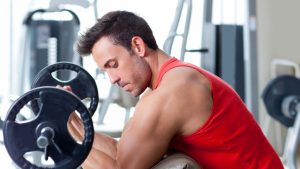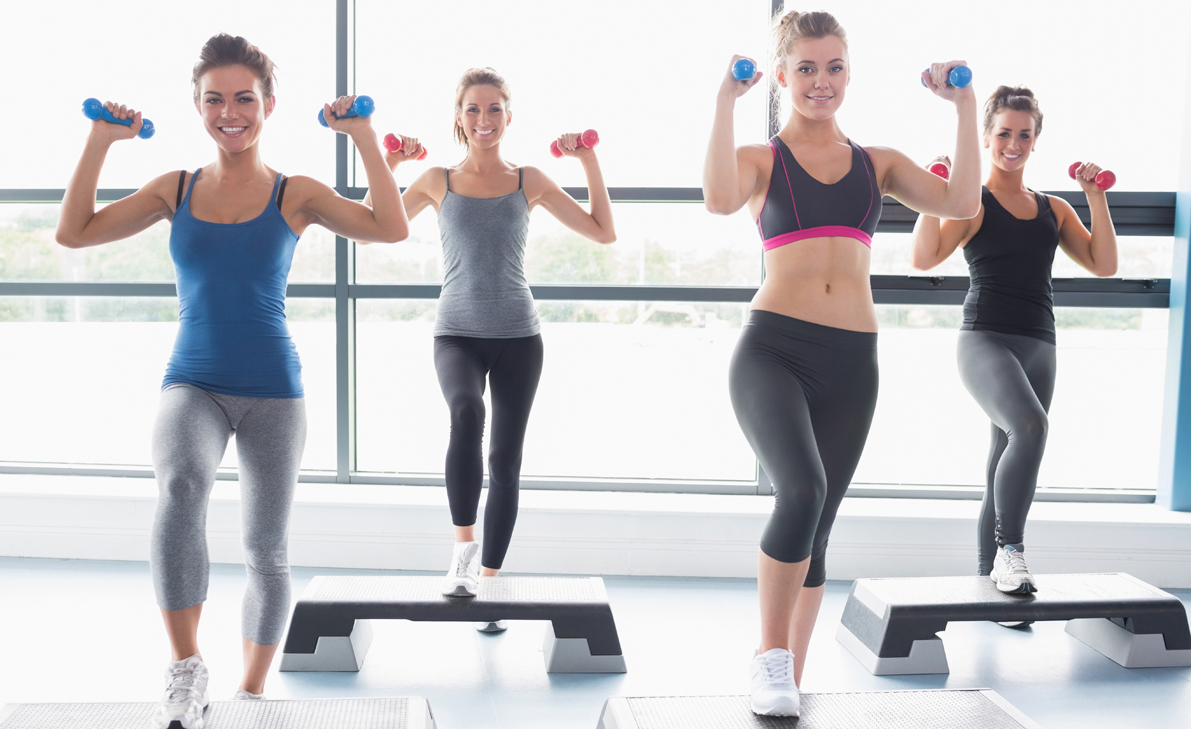[et_pb_section bb_built=”1″][et_pb_row][et_pb_column type=”1_2″][et_pb_text _builder_version=”3.13.1″]
Aerobic activities
Cycling; Running at a moderate pace; Swimming; Skating.
Anaerobic activities
- Short races at high speed
- Artistic gymnastics
- Medical ball throw
- Football (considered an aerobic-anaerobic sport)
The aerobic and anaerobic concepts refer to the body’s way of obtaining energy: in need of oxygen (aerobic) and without the need for oxygen (anaerobic). Examples of aerobic exercises are: running, swimming, cycling, walking, etc.
Aerobic exercises: they increase the heart rate, work the muscles and make you breathe more quickly and with more strength.
Flexibility exercises: they can be stretching, rolling foam rubber cylinders by the body, yoga, tai chi and Pilates.
[/et_pb_text][/et_pb_column][et_pb_column type=”1_2″][et_pb_text _builder_version=”3.13.1″]
Anaerobic exercise is physical exercise that includes brief, force-based activities, such as lifting weights, while aerobic exercise focuses on endurance activities, such as marathon or cross-country skating.
Aerobic power is the organic capacity to develop sustained physical activities over time with reduced fatigue and rapid recovery. … It is important to differentiate between aerobic exercises (long duration and low intensity) and anaerobic exercises (short duration and high intensity).
Sports or physical warm-up is a set of exercises of muscles and joints ordered in a gradual way in order to prepare the body for better physical performance and to avoid some type of muscle contraction or physical injury.
Live a healthy life with Pharmamedic.

[/et_pb_text][/et_pb_column][/et_pb_row][/et_pb_section]







